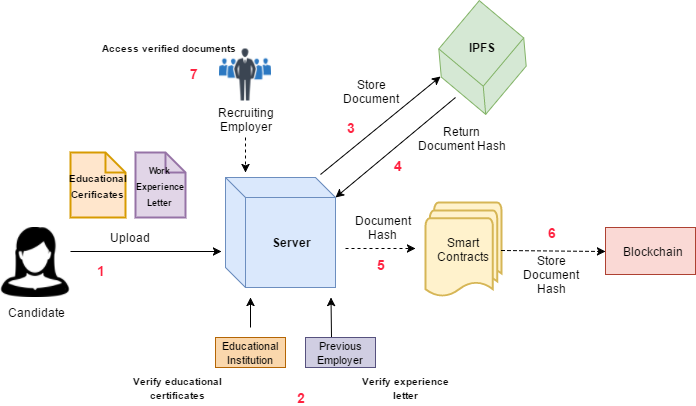
So, you have zeroed in on an ideal candidate for the job. You have been through all the stages like sourcing, screening and interviewing. Then what is holding you back from giving the offer letter to the candidate? A very crucial step is still pending, and that is background check of the candidate. If we exclude this step, it could result in the hiring of an unsuitable candidate for the organization.
A survey conducted by HireRight in 2017 found that 85% of HR professionals found fake information on candidate resumes.
Some of the critical challenges in the background check process are:
- Costly and time consuming.
Nearly 45 % of the employers surveyed in Background Screening Trends & Best Practices Report 2017 said their biggest challenge was reducing the time to hire while 41% said it was improving the background screening process efficiently.
- Difficulties in checks with past employers
Turnaround time may be extended depending on the availability of the last employer. Complexities may increase if the past employer organization cease to exist.
- Traceability of data with third-party verification systems.
Since employers connect with various third-party systems and verification agencies, with so many entities managing the candidate data, it can get difficult to track the candidate data and get a quick response on the verification.
Blockchain, a distributed ledger technology can help overcome the above challenges. To understand how blockchain can contribute, let’s have a look at the below diagram.

To understand the concept, let’s consider the following process:
- A candidate uploads university certificates and work experience letters from past employers on a server (it could be any server, e.g., Node.Js server.)
- The universities and the previous employers could verify the documents.
- These verified documents get stored on IPFS
Why IPFS?
IPFS stands for Interplanetary File System. It is a versioned file system which stores files and tracks versions over time. Due to the similarity in their structure (like distributed, peer-to-peer) IPFS and blockchain are a right combination. Some of the key features of IPFS are as follows:
- No Duplication – Files with the same content cannot be duplicated and only stored once.
- Content Addressing – Content has a unique identifier that is the cryptographic hash of the file.
- Tamper Proof – Data is verified with its checksum, so if the hash changes, then IPFS will know that the data has been modified.
- After the documents are stored on IPFS, the IPFS then returns the document hash.
- The hash values of these documents can be stored into blockchain by using Smart Contracts
- When a recruiter accesses the documents verified by past employers and universities, the recruiter is assured about their authenticity. Such blockchain based verification platforms would require that the hiring employers pay a fee to get the verified candidate details.
How did having blockchain help here?
- Employers pay hefty fees to different agencies to check the degree of the candidates, and candidates will have their degrees verified each time they change jobs.
As the candidate details are secured on the blockchain based platforms, employers can access the verified data from one platform which would save the money spent in the process.
- One cannot tamper the documents as their hashes are stored on blockchain; hence the process ensures more security and authenticity.
- As the process is not manual, the time and efforts involved are reduced.
Blockchain has much potential in the recruitment domain. However, due to issues such as complexity, transaction costs, and network speed we find that businesses are hesitant to apply blockchain. Such discussions can be very technical and can be interesting for a wide range of people, right from professional developers to business associates. In such a scenario, it would be interesting to see blockchain’s adaptation and growth in background verification, what say?






